1969 Datsun Fairlady, a name synonymous with Japanese automotive ingenuity and style, burst onto the scene in a time of great change. The 1960s saw a global shift in consumer desires, and the burgeoning Japanese automotive industry was ready to capitalize.
The Fairlady, with its sleek design and spirited performance, was a statement, a symbol of Japan’s growing influence in the world of automobiles.
This iconic sports car, the brainchild of Datsun (now Nissan), wasn’t just a pretty face. It was a meticulously crafted machine that aimed to deliver a driving experience that rivaled its European counterparts. The Fairlady’s success was immediate, captivating drivers with its blend of performance, affordability, and undeniable charm.
It became a cultural icon, appearing in movies and television shows, and forever etching its place in automotive history.
Introduction to the 1969 Datsun Fairlady
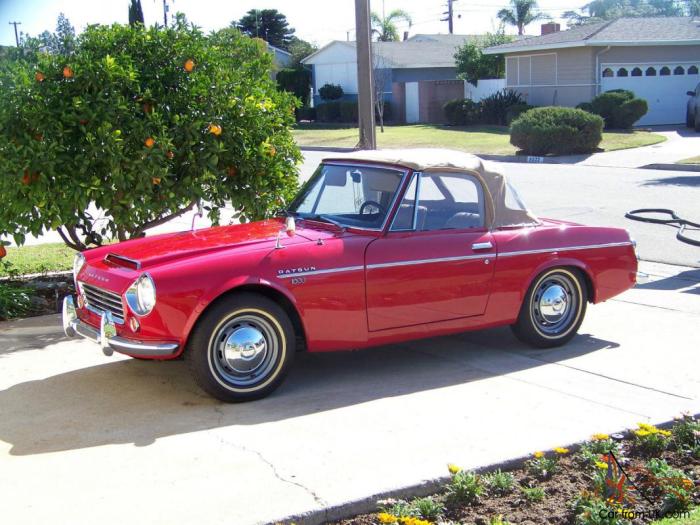
The 1969 Datsun Fairlady, also known as the 240Z, marked a pivotal moment in the history of both Datsun (now Nissan) and the global sports car market. It arrived at a time when Japanese car manufacturers were beginning to challenge established European and American brands, and its impact was felt far beyond its initial release.
The 1969 Datsun Fairlady’s Release and its Historical Context
The 1969 Datsun Fairlady, or 240Z, was released in October 1969. The release was a significant event, as it was the first time that a Japanese sports car had been designed and engineered specifically for the global market. The 240Z was a product of a changing global landscape in the automotive industry, where Japanese car manufacturers were beginning to challenge the dominance of European and American brands.
The Japanese economy was experiencing rapid growth in the 1960s, and this economic growth fueled a surge in demand for cars. This demand encouraged Japanese manufacturers to invest in research and development, resulting in cars that were increasingly sophisticated and technologically advanced.
The 1969 Datsun Fairlady’s Significance in the Japanese Automotive Industry
The 1969 Datsun Fairlady, or 240Z, played a pivotal role in establishing Japan’s reputation as a leading manufacturer of high-quality, affordable sports cars. Prior to the 240Z, Japanese car manufacturers were primarily known for producing small, economical cars. The 240Z challenged this perception, demonstrating that Japanese manufacturers could produce sophisticated and stylish sports cars that could compete with the best in the world.
It was a game-changer for the Japanese automotive industry, proving that Japanese cars could be desirable and successful in the global market. The 240Z’s success helped pave the way for other Japanese sports cars, such as the Toyota Supra and the Mazda RX-7, to achieve global recognition.
The 1969 Datsun Fairlady, a classic sports car, paved the way for Datsun’s success in the US market. Its sleek design and powerful engine captured the hearts of enthusiasts, but Datsun wasn’t afraid to explore other segments. The 1983 Datsun 720 , a reliable and practical pickup truck, proved Datsun’s versatility.
While the Fairlady represented a sporty spirit, the 720 embodied a more utilitarian approach, showcasing Datsun’s ability to cater to diverse needs. The 1969 Datsun Fairlady, though, remains a symbol of the brand’s heritage and enduring appeal.
The 1969 Datsun Fairlady’s Initial Reception and Impact on the Sports Car Market
The 1969 Datsun Fairlady, or 240Z, was met with widespread acclaim upon its release. It was praised for its sleek styling, powerful engine, and affordable price. The 240Z was also a technological marvel, featuring a number of innovative features, such as a five-speed manual transmission and a MacPherson strut front suspension.
The 240Z’s success had a profound impact on the global sports car market. It helped to create a new segment of the market for affordable, high-performance sports cars. The 240Z’s success also forced established European and American sports car manufacturers to take notice of the growing threat from Japanese car manufacturers.
Design and Styling
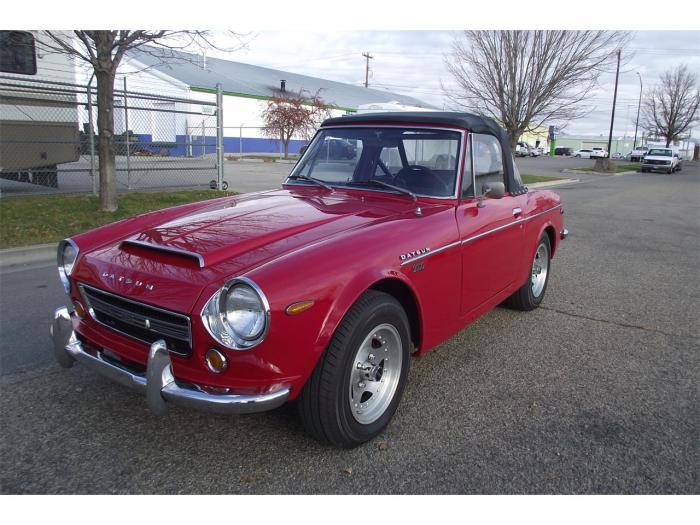
The 1969 Datsun Fairlady, known as the 240Z in the US, was a revolutionary sports car that combined sleek Japanese design with European performance. Its distinctive styling was a departure from the boxy and utilitarian cars that were common at the time, and it quickly became a popular choice for both enthusiasts and casual drivers.The 240Z’s design was a testament to the vision of its chief designer, Yutaka Katayama, who aimed to create a car that was both sporty and elegant.
The result was a car with a long hood, a low-slung profile, and a distinctive fastback design.
The 240Z’s Distinctive Features
The 240Z’s unique styling was a result of several key features that set it apart from other sports cars of the era.
- Fastback Design:The 240Z’s fastback design was a bold departure from the traditional coupe designs of the time. It gave the car a sleek and aerodynamic profile, and it helped to create a sense of speed even when the car was standing still.
This design element was inspired by the 1967 Chevrolet Corvette Stingray.
- Long Hood and Short Deck:The 240Z’s long hood and short deck were another defining feature of its design. This gave the car a sporty and balanced look, and it emphasized its powerful engine.
- Curved Windshield and Rear Window:The 240Z’s curved windshield and rear window were designed to improve visibility and reduce wind noise. These features also added to the car’s sleek and aerodynamic profile.
- Pop-Up Headlights:The 240Z’s pop-up headlights were a unique feature that added to its sporty and aggressive appearance. These headlights were also functional, as they helped to improve the car’s aerodynamics at high speeds.
Comparison with Other Sports Cars
The 1969 Datsun Fairlady, or 240Z, stood out from other sports cars of the era in several ways. While cars like the Porsche 911 and the Jaguar E-Type were considered the benchmarks of sports car design, the 240Z offered a more affordable and accessible alternative.
- Price and Affordability:Compared to the high-priced European sports cars, the 240Z was significantly more affordable. This made it a popular choice for young drivers and enthusiasts who were looking for a sporty car without breaking the bank.
- Styling and Design:While the 240Z’s design was inspired by European sports cars, it had a unique Japanese flair. Its sleek and aerodynamic profile, combined with its distinctive fastback design, gave it a more modern and futuristic look compared to its European counterparts.
The 1969 Datsun Fairlady, a sporty roadster that captured hearts with its sleek design and nimble handling, was a testament to Datsun’s commitment to performance. This model shared a lot of its DNA with the legendary 1968 Datsun 2000 , a car that further solidified Datsun’s reputation for building reliable and exciting vehicles.
While the Fairlady was a true head-turner, its legacy was built on the foundation of the Datsun 2000, a car that set the stage for future generations of iconic Datsun models.
- Performance:The 240Z’s performance was comparable to many European sports cars of the era. Its powerful engine and lightweight design allowed it to achieve impressive acceleration and handling.
The 1969 Datsun Fairlady, or 240Z, was a truly unique sports car that combined Japanese design with European performance. Its distinctive styling, affordable price, and impressive performance made it a popular choice for drivers of all ages and backgrounds.
Performance and Handling
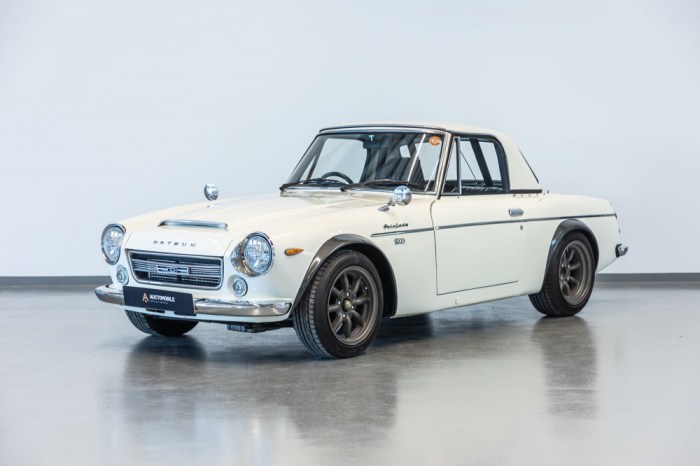
The 1969 Datsun Fairlady, while not a powerhouse, was a nimble and engaging sports car that offered a rewarding driving experience. It was designed to be a fun and affordable way to experience the open road, rather than a pure performance machine.
Engine Specifications and Performance, 1969 Datsun Fairlady
The 1969 Datsun Fairlady was powered by a 1.6-liter four-cylinder engine, producing 96 horsepower. This engine was paired with a four-speed manual transmission, allowing for a spirited driving experience. The Fairlady could reach a top speed of 100 mph and achieve a 0-60 mph time of around 11 seconds.
The 1969 Datsun Fairlady, a true icon of the era, was a testament to Japanese engineering prowess. Its sleek design and nimble handling captivated drivers, paving the way for the success of the Datsun brand. The following year, Datsun released the 1971 Datsun 1600 , a car that further solidified their reputation for building reliable and affordable vehicles.
While the 1969 Fairlady focused on sporty performance, the 1971 Datsun 1600 aimed for practicality and efficiency, demonstrating Datsun’s ability to cater to a wider range of driving needs.
These figures were respectable for its time, but it was clear that the Fairlady was more about agility and handling than outright power.
Handling Characteristics
The Fairlady’s handling was its strong suit. It featured a lightweight chassis and independent suspension, which allowed it to carve through corners with precision and responsiveness. The steering was precise and communicative, giving the driver a sense of connection to the road.
The Fairlady’s small size and relatively low center of gravity contributed to its agility, making it feel nimble and fun to drive.
Driving Experience
The 1969 Datsun Fairlady provided a unique driving experience. While it lacked the raw power of some of its competitors, it more than made up for it with its engaging handling and nimble nature. The Fairlady was a joy to drive on winding roads, where its agility and responsiveness could be fully exploited.
The small engine provided a spirited and engaging driving experience, and the car’s lightweight nature made it feel incredibly fun to drive.
Interior and Features
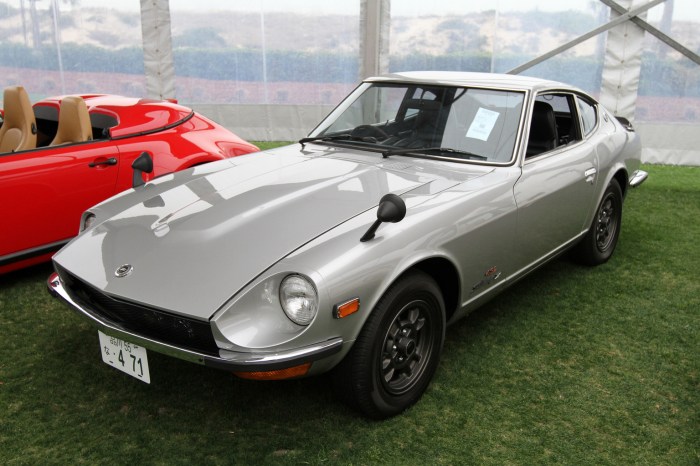
The 1969 Datsun Fairlady’s interior, though modest, offered a functional and driver-focused environment. Its design prioritized practicality over lavishness, reflecting the car’s sporty and affordable nature.
Interior Design and Layout
The interior of the 1969 Datsun Fairlady featured a simple yet effective design. The dashboard was dominated by a large speedometer and tachometer, providing the driver with essential performance information at a glance. The instrument panel was designed to be easy to read, and the controls were laid out logically for a user-friendly experience.
The driver’s seat offered a good view of the road, and the overall layout of the interior was designed to promote a sense of focus and control.
Standard and Optional Features
The 1969 Datsun Fairlady came equipped with a range of standard features, including:
- Vinyl upholstery
- A heater
- A radio
- A set of seatbelts
While the standard features were practical, several optional features were available for those seeking added comfort and convenience:
- Air conditioning
- Power steering
- A rear window defroster
- A vinyl roof
Comfort and Practicality
The 1969 Datsun Fairlady’s interior was designed for functionality and driving pleasure rather than luxury. While the seats were comfortable enough for short trips, longer journeys could be tiring due to the firm suspension and minimal padding. The trunk provided adequate space for luggage, and the interior offered enough room for two adults to travel comfortably.
Legacy and Influence
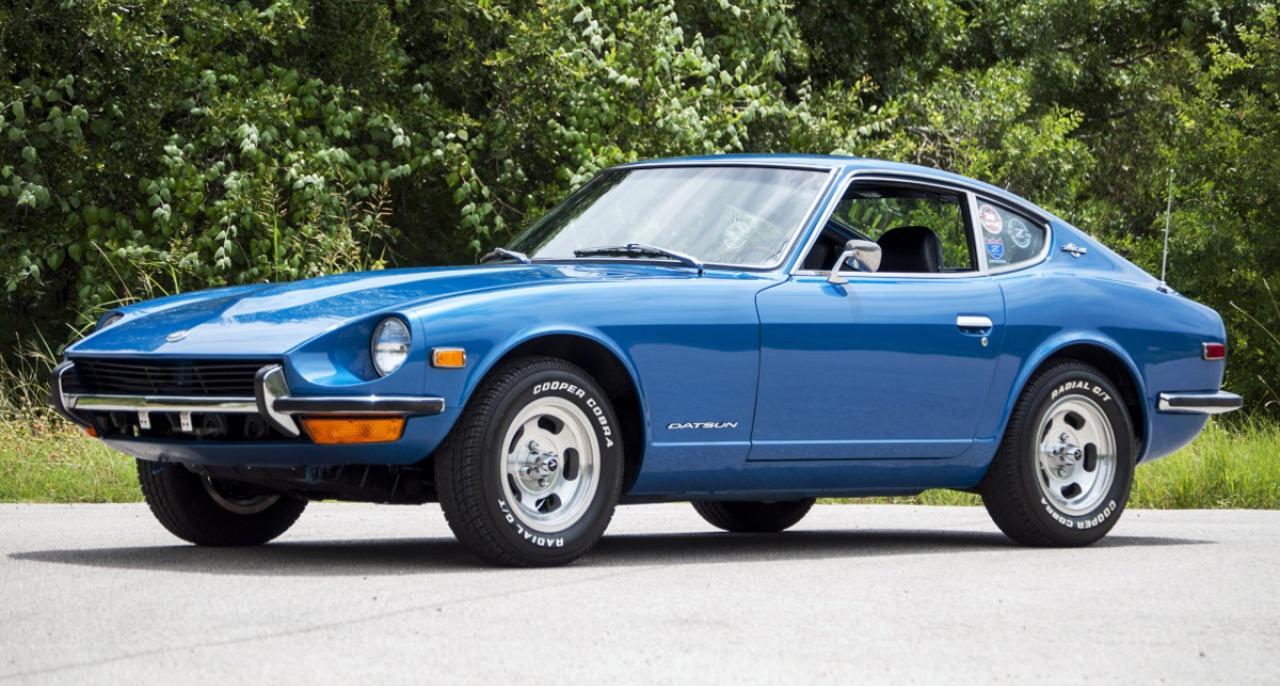
The 1969 Datsun Fairlady, a groundbreaking sports car, left an indelible mark on the automotive industry, influencing the design and development of sports cars for generations to come. Its impact extended beyond its initial success, shaping the perception of Japanese automobiles and contributing to the rise of Japanese car manufacturers as global players.
Impact on the Sports Car Market
The 1969 Datsun Fairlady’s arrival in the United States challenged the dominance of European and American sports car manufacturers. Its affordability, reliability, and sporty handling attracted a new generation of drivers who were looking for a more practical and accessible alternative to established brands.
This influx of Japanese sports cars, led by the Fairlady, forced established manufacturers to re-evaluate their strategies and adapt to the changing market dynamics. The Fairlady’s success paved the way for other Japanese sports car models, such as the Toyota Supra and the Mazda RX-7, to gain a foothold in the global market.
Ultimate Conclusion
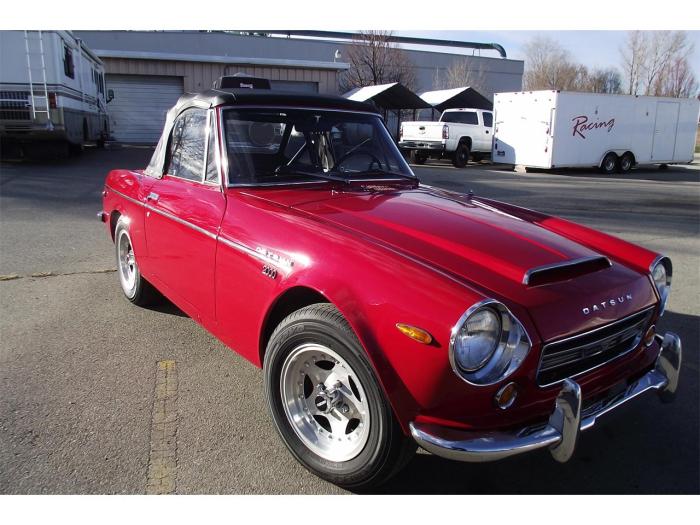
The 1969 Datsun Fairlady’s legacy continues to inspire. It stands as a testament to the Japanese automotive industry’s commitment to innovation and craftsmanship. Its influence can be seen in the modern sports cars that grace our roads today. More than just a car, the Fairlady represents a moment in time, a snapshot of a rapidly evolving world, and the unwavering spirit of a nation pushing boundaries and exceeding expectations.